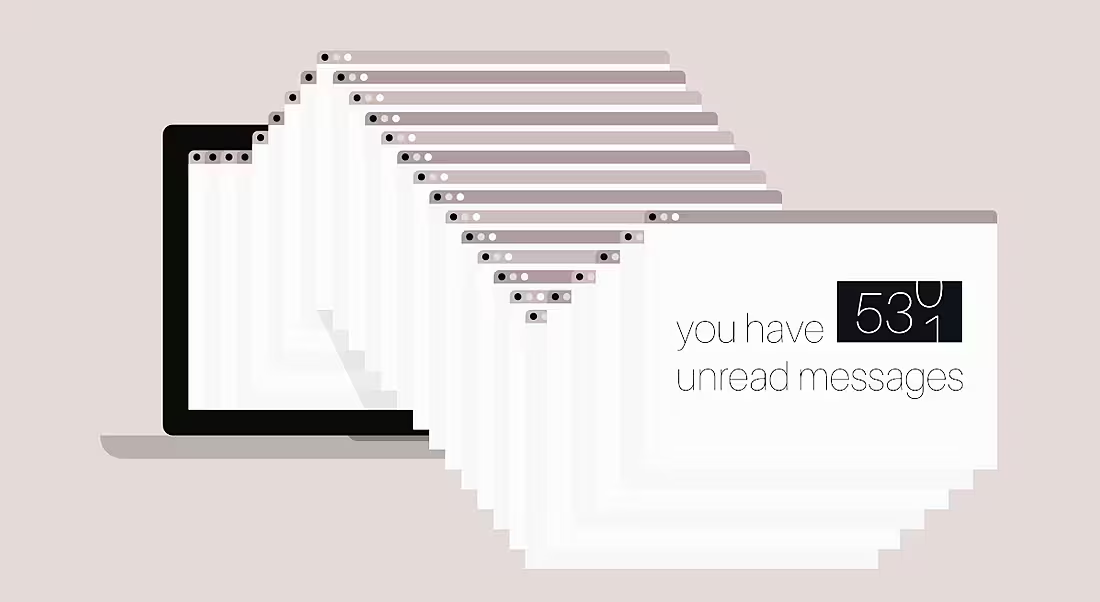If your idea of hell is an out-of-control email inbox, we have some words of encouragement for you when it comes to dealing with the problem.
‘Just circling back’, ‘pinging you’, ‘following up on’, ‘reaching out’… Email has a terrible lingo of its own that most of us are all-too-familiar with.
There are probably very, very few workers out there today who have never once sent or received an email. The vast majority of us have very full inboxes and receive multiple emails every day.
If you work in comms, media, marketing or academia chances are you get hundreds of emails a day. You’d want to be superhuman to be able to read and reply to all of them.
There might be some rare, unicorn-like individuals who have perfect, clean, organised inboxes – but they don’t usually post memes about emails for the rest of us email-addled creatures to nod in sympathy at.
If your lack of control over your inbox is stressing you out, here are a couple of tips we have found from organised people on how they manage their inboxes. We cannot promise any miracles but if you adhere to their advice you will more than likely have more of a clue what’s going on in your inbox. That’s a start, isn’t it?
Make time for email checking
What? Really? Most people say that checking their emails loses them hours of valuable time each week. You can spend hours wading through your inbox, reading nonsense that doesn’t apply to you or isn’t urgent. Surely, the advice should be to check your emails less often?
As it turns out, you should be checking your emails regularly, but don’t think of it as a time-wasting or procrastinating exercise. Email is not social media; think of it as a workplace productivity tool. When you click into your inbox, have a plan.
It’s a good idea to set aside a time every week or every day for dealing with emails. That way they don’t pile up too much and you’re not constantly jumping in and out of your inbox as a way of putting off other tasks. You only need around 10 minutes at a time.
If you have specific emails that you know you need to reply to, try and do that without getting sucked into the vortex that is your inbox. Close the tab once you’ve sent the email and get on with your other work.
Use templates
If you have to send a lot of the same types of email you should think about creating a template, or even set up auto-replies.
This is especially useful on days you are out of office and not checking on emails. For one thing, the stock ‘I am out of office’ email prevents people from spamming your inbox repeatedly when they hear from you that you are away from your desk. It’s also reassuring for people trying to get in touch with you if you let them know that you’ll get back to them eventually.
In terms of auto-response tools you can use plug-ins such as MixMax for Gmail or MailerLite. Most email platforms let you do things like schedule send and set replies if you need to.
Categorise or delete
Some people don’t mind just leaving unwanted emails to die in their already crowded inbox, but others absolutely hate having even one junk email.
If you like to be very ruthless with your mail but don’t have time to vet everything that comes in for relevance right away, the email folder is your best friend.
And the delete button is another. Delete everything you don’t want and flag anything that you know on sight that you need to read or return to.
You can set up different email folders, too, depending on the subject matter of the emails so you don’t lose track.
10 things you need to know direct to your inbox every weekday. Sign up for the Daily Brief, Silicon Republic’s digest of essential sci-tech news.




